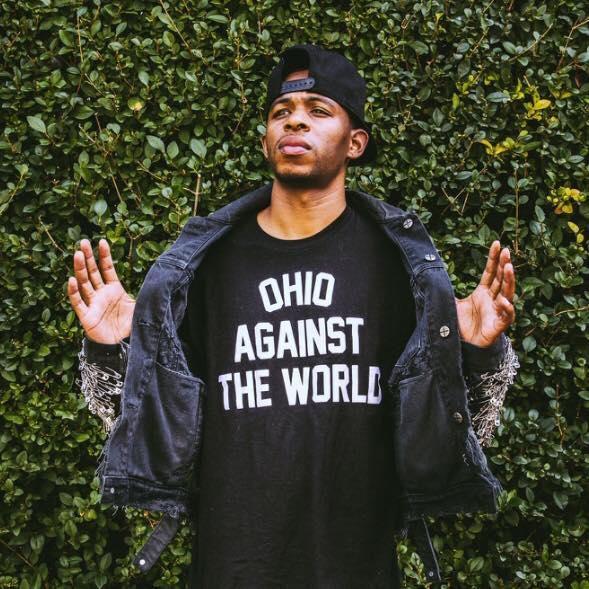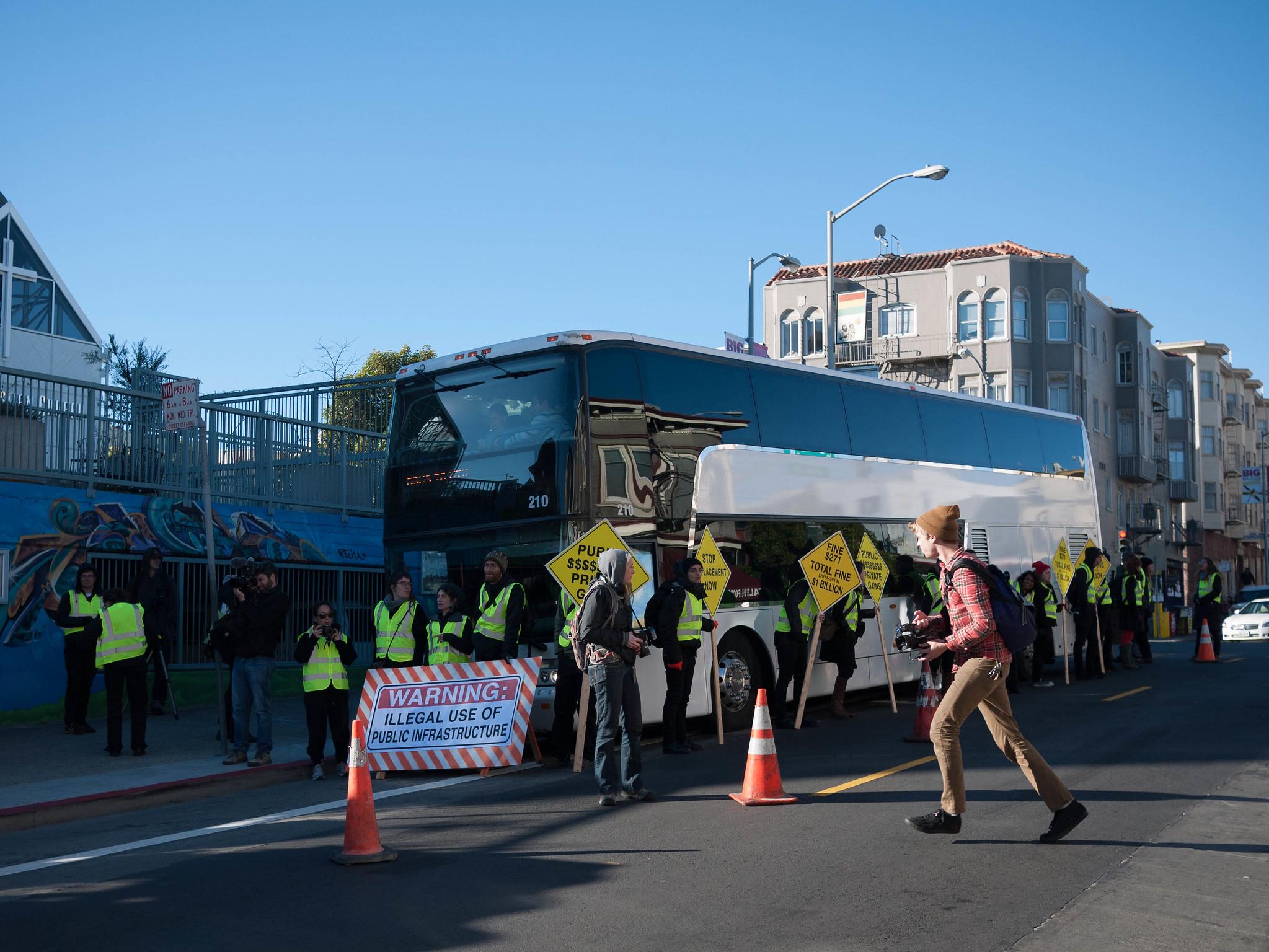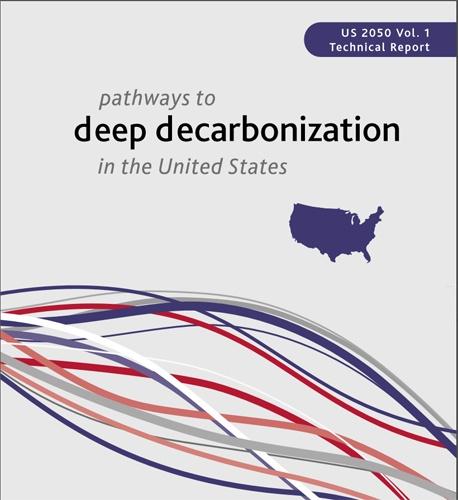Lima-Paris Action Agenda at COP21: Catalyzing Sustainable Agriculture


Governments and food and agriculture organizations joined on Tuesday at the Lima-Paris Action Agenda Focus on Agriculture at COP21 with a unified goal: to respond to the urgent climate challenges facing agriculture. The public and private partners launched a suite of cooperative initiatives that will protect the long-term livelihoods of millions of farmers, help ensure food security for billions of people and reduce greenhouse gas emissions to curb climate change.
"It is essential that we speak about agriculture when it comes to climate change, because it is about our food security," Catherine Geslain-Lanéelle, general director of France's Ministry of Agriculture, said during a press briefing on Tuesday.
Launched on Dec. 13 of last year, the Lima-Paris Action Agenda is a joint undertaking of the Peruvian and French COP presidencies, the Office of the Secretary-General of the United Nations, and the UNFCCC Secretariat. It aims to strengthen climate action throughout 2015, in Paris this month and beyond. The agenda includes 12 key themes, ranging from short-term climate pollutants to energy access and efficiency. But its focus on agriculture at COP21 represents a major milestone -- namely that it's the first focus-day on agriculture in any COP meeting.
"The UNFCC is not about only limiting greenhouse gas emissions, but also about increasing food production," said Dr. Martin Frick, director of the climate, energy and tenure division for the U.N. Food and Agriculture Organization (FAO), "and we are delighted to see that food security is coming back in the negotiations."
The issue of food security was prevalent during the U.N. General Assembly meeting in New York in September. The fourth of 17 Sustainable Development Goals calls for the eradication of hunger by 2040 -- a lofty ambition considering the fact that 800 million people experience chronic hunger around the world today.
Shockingly, the vast majority of those starving are the very individuals who grow our food, Frick told a group of journalists on Tuesday. Smallholder farmers manage over 80 percent of the world’s estimated 500 million small farms and provide over 80 percent of the food consumed in a large part of the developing world. Smallholders also make up 80 percent of those who regularly go hungry, Frick said.
"We know that smallholders around the world are extremely vulnerable to climate change," added Margarita Astralaga, director of environment and climate development for the International Fund for Agricultural Development (IFAD). "They also have an important role to play in feeding the world."
To bridge this gap between a growing global population in need of food and desperate, hungry smallholders -- who are experiencing crop loss and yield reductions at unprecedented rates due to climate change -- partners launched six new initiatives on Tuesday under the Lima-Paris Action Agenda. Together, these partnerships will deploy money and know-how across both developed and developing nations to help hard-pressed farmers become key actors in the global drive to achieve a low-carbon, climate-resilient future. Here's the breakdown:
1. The 4/1,000 Initiative: Soils for Food Security and Climate
Officially launched on Tuesday by 100 partners, including developed and developing states, international organizations, private foundations, international funds, NGOs and farmers' organizations, the 4/1,000 Initiative aims to protect and increase carbon stocks in soils.
Soils are natural vehicles of carbon sequestration and can store huge quantities of carbon. By improving organic matter stocks in soil, partners hope to sequester more carbon and leverage soil management to move the needle on climate change. Coincidentally, more organic matter also leads to healthier soil, and therefore better crop yields.
Specifically, the initiative aims to develop agronomic research to improve organic matter stocks in soil by 4 parts per 1,000, per year. If this is achieved, it would offset the annual greenhouse gas emissions of the entire planet (!!).
2. Life Beef Carbon
Farmers from four European countries are taking the lead to reduce the carbon footprint of the livestock sector.
Initially launched in October 2015, the Life Beef Carbon initiative, inspired by France’s Dairy Carbon Program, aims to promote innovative livestock farming systems and associated practices to ensure the technical, economic, environmental and social sustainability of beef farms.
Specifically, the initiative aims to reduce the carbon footprint of beef by 15 percent over the next 10 years in France, Ireland, Italy and Spain.
3. Adaptation for Smallholder Agriculture Program (ASAP)
Through this initiative, IFAD and its partners committed to invest climate finance in poor smallholder farmers in developing countries.
Smallholder farmers are among the best possible clients for climate finance, IFAD argues: Such investments can simultaneously increase agricultural productivity, restore and maintain a resilient natural resource base, and reduce the carbon footprint of agriculture.
As part of the announcement made on Tuesday, 12 countries joined the current list of 44 country partners, increasing the total amount of committed ASAP funds up to US$285 million. By 2034, this additional funding will avoid or sequester 80 million tons of GHG emissions (CO2 equivalent) and will strengthen the resilience of 8 million smallholders.
The IFAD also committed to ensure all of its investments are are climate smart by December of 2018, Margarita Astralaga of the IFAD said during Tuesday's press briefing.
4. 15 West-African Countries Transitioning to Agro-ecology
The Promotion of Agro-ecology Transition in West Africa is a regional initiative led by the Economic Community Of West African States (ECOWAS). It concerns 15 countries, including Burkina Faso, Ghana and Senegal. The main financial partners include the European Union, the World Bank and the New Partnership for Africa's Development (NEPAD) of the African Union.
This impact-full initiative delivers both adaptation and emission mitigation benefit. It will allow the adoption of agro-ecological practices by 25 million households by 2025.
5. The Blue Growth Initiative (BGI)
This multi-partner initiative, led by the FAO, seeks to support climate resilience, food security, poverty alleviation and sustainable management of living aquatic resources in coastal communities, especially in small island developing states.
The actions aim at a 10 percent reduction in carbon emissions from fishery value chains in 10 target countries within five years (and 25 percent within 10 years). The multi-stakeholder collaboration also seeks to reduce overfishing by 20 percent in the target countries within five years (50 percent within 10 years).
The incorporation of fisheries into the broader agriculture conversation is a vital one, as Martin Frick of the FAO explained on Tuesday. Seventeen percent of the animal protein consumed globally comes from fish, and 12 percent of all global livelihoods are sustained by fisheries, he explained.
6. The Save Food Initiative
First launched in 2011 and now under expansion, the Save Food Initiative is a unique partnership led by the FAO, with over 500 companies and organizations from industry and civil society active in food loss and waste reduction.
It aims to drive innovations, promote dialogue and spark debates to generate solutions across the entire value chain, from field to fork. This initiative has recently developed a first-of-its-kind technical platform, that will be launched in the coming days, to measure and reduce food loss and waste.
When talking about food security issues, it's impossible not to mention food waste: While 800 million people go hungry, an estimated 30 percent of all food produced is lost or wasted around the world. As you may imagine, this shocking amount of waste comes with hefty environmental impacts -- namely 4.4 gigatons of CO2 equivalent, amounting to 8 percent of all anthropogenic emissions, Craig Hanson, global director of food, forest and water programs for the World Resource Institute, said on Tuesday.
"Food waste is the most overlooked contributor to greenhouse gas emissions and something we can all do something about," Hanson said. We couldn't agree more.
The bottom line
While these collaborative initiatives are as varied as they are innovative, the representatives on-hand to discuss the matter on Tuesday all agreed on one thing: Sustainable agriculture has the potential to lift millions out of poverty, while reducing the impacts of climate change.
Although farmers large and small are already feeling the impacts of climate change (one only needs to look at the threat El Niño poses to food security in South America to prove the point), the experts concluded there is indeed hope. If we can invest in the right kind of agriculture, we can massively reduce the carbon emissions in our world. Agriculture done right can contribute to mitigating climate change and help us on the path to a 2-degree world, while addressing the needs of some of the most at-risk among us.
Image credit: Mary Mazzoni


















